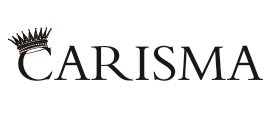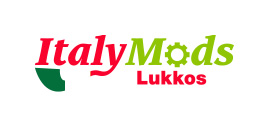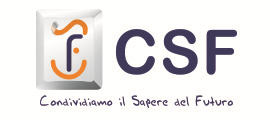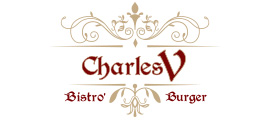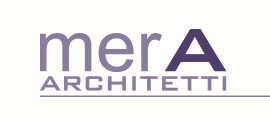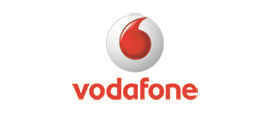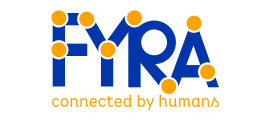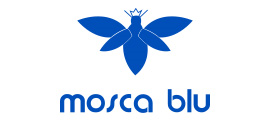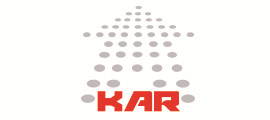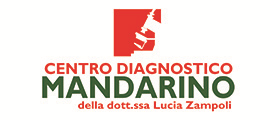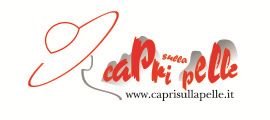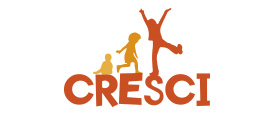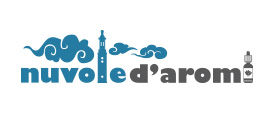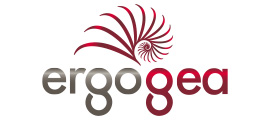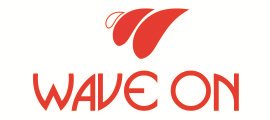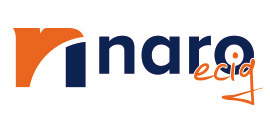Art
Glossaries
| Term | Definition |
|---|---|
| Art | In advertising jargon, the term "Art" doesn't refer to the artwork itself, but to all the visual components of an advertising message. It includes photography, illustrations, fonts, colors, layout, and overall graphic composition. Art is the complementary partner of "Copy" (the text): if Copy is what you read, Art is everything you see. What is it for / why is it importantArt is crucial because it's the first thing that captures the audience's attention. Its role is to instantly communicate the brand's tone of voice, evoke emotion, and make the message memorable, often in a fraction of a second. Effective art isn't just decorative: it guides the user's eye through the ad, creates a visual hierarchy, and works in synergy with the text to make the communication clearer, more impactful, and persuasive. When to use it / in what context is it usefulThe term "Art" is used daily within communications agencies and marketing departments. It's the common language used by Art Directors, Graphic Designers, and Creative Directors throughout the creative process:
Practical exampleLet's imagine a print campaign for a luxury watch.
Extra insightThe historical distinction between Art and Copy, born in the print era, is increasingly blurred today. In a TikTok video, Art isn't just the image, but also the editing, color correction, and visual effects. In an Instagram story, even animated text (kinetic typography) becomes a visual element in its own right. While the tools may change, the fundamental principle remains the same: the success of a message always depends on the perfect balance between what is said (Copy) and how it is presented (Art). |

 IT
IT  EN
EN 





